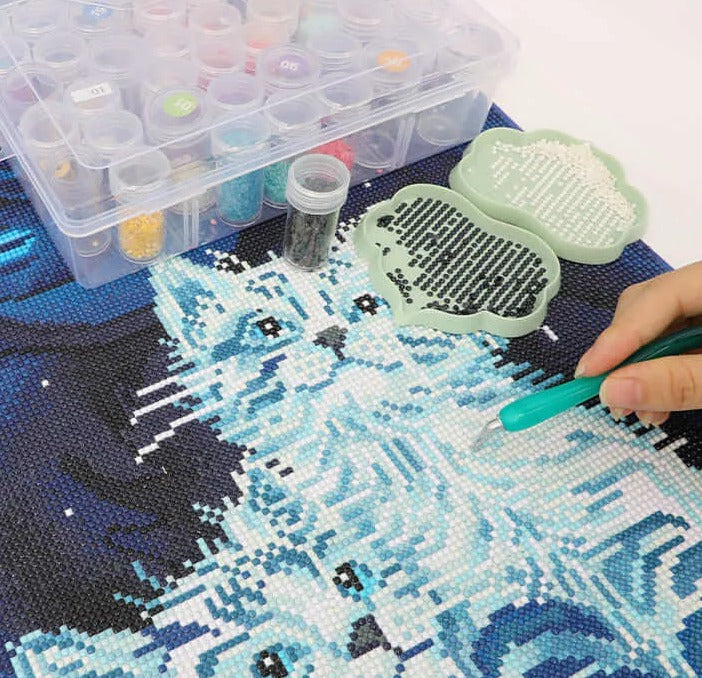
What Is Release Paper for Diamond Painting? A Complete Beginner’s Guide
Diamond painting has become a favorite craft for many hobbyists, combining the relaxation of painting with the sparkle of rhinestones. One essential accessory that often confuses beginners is release paper. In this guide, we will explain what release paper is, why it matters, and how to use it properly in your diamond painting projects.
Understanding Release Paper in Diamond Painting
Release paper is a protective sheet that covers the adhesive area of your canvas before you begin working. It helps maintain the stickiness of the canvas and prevents dust, lint, or accidental fingerprints from reducing the quality of your diamond painting.
If you’re just starting out, a good way to learn about tools and accessories is through a diamond painting kit which often includes essentials for beginners.

Benefits of Using Release Paper in Diamond Painting
Using release paper comes with several advantages:
-
Keeps adhesive clean and fresh
-
Prevents accidental folds or creases in the canvas
-
Allows partial covering so you can work in sections without exposing the entire adhesive area
-
Minimizes air bubbles, keeping your diamonds firmly in place
For those looking to practice, exploring and making your own diamond painting here can help you find new canvases to test techniques with release paper.
How to Properly Use Release Paper in Diamond Painting
-
Cut into smaller sections: Work in parts by lifting a small piece of release paper at a time.
-
Replace the sheet carefully: Always keep unused areas covered to protect the adhesive.
-
Avoid waxy or coated paper substitutes: Only use non-stick, double-sided release paper designed for diamond painting.
For a complete beginner-friendly overview, visit this diamond painting beginner guide that explains how to start and which accessories you’ll need.
Final Thoughts on Release Paper and Diamond Painting
Release paper may seem like a small accessory, but it plays an important role in keeping your diamond painting neat, sticky, and enjoyable to work on. By understanding how to use it, beginners can avoid frustration and enjoy a smoother crafting journey.

